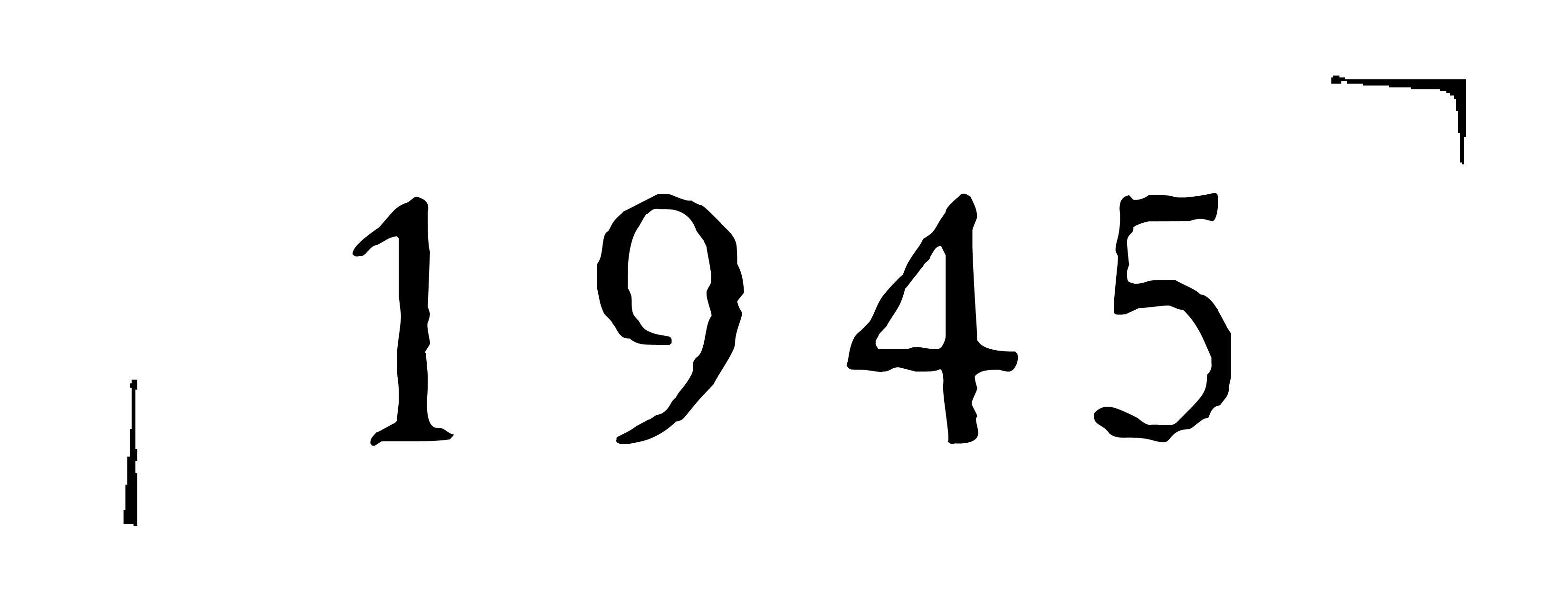On August 6 and 9, 1945, the United States dropped atomic bombs on Hiroshima and Nagasaki, killing between 129,000 and 226,000 people by the end of that year. The survivors—known as hibakusha—continue to endure the devastating effects of the atomic bomb, including debilitating health issues and social stigmatization.
This project explores the firsthand experiences of hibakusha and the generational impact of the atomic bomb on their descendants. Collaborators are asked to sit for a portrait, share their experiences in an interview and prepare an open letter to future generations. Through these portraits, testimonies, and letters, the project explores the question: what is the human cost of nuclear warfare?
Global tensions that led to the use of the atomic bomb—ultranationalism, unilateralism, and increased military spending —persist today. With modern nuclear stockpiles reaching unprecedented levels—some weapons thousands of times more powerful than the bomb dropped on Hiroshima—the hibakushas’ stories serve as a critical reminder of the catastrophic human toll of nuclear warfare and the dire urgency for peace.
(Note: Testimonies have been edited for length and clarity.)

